In the fashion and textile industry, textured woven fabric has gained significant attention for its ability to add depth, interest, and character to garments. Unlike smooth, flat fabrics, textured varieties bring a tactile element that changes the way clothing feels and drapes. This is particularly important in the design of woven apparel fabric, where texture can enhance not only aesthetics but also comfort and functionality. Whether used in casual clothing, professional attire, or eveningwear, these fabrics open the door to endless creative possibilities.
The beauty of textured woven fabric lies in the way different yarns, weaves, and finishing techniques come together to create distinct patterns. Jacquard, herringbone, twill, and basketweave are just a few examples of techniques that produce visually striking results. In woven apparel fabric, these textures can be subtle for a refined look or bold for a fashion-forward statement. The variations in surface structure can influence how the fabric catches light, making garments appear more dynamic.
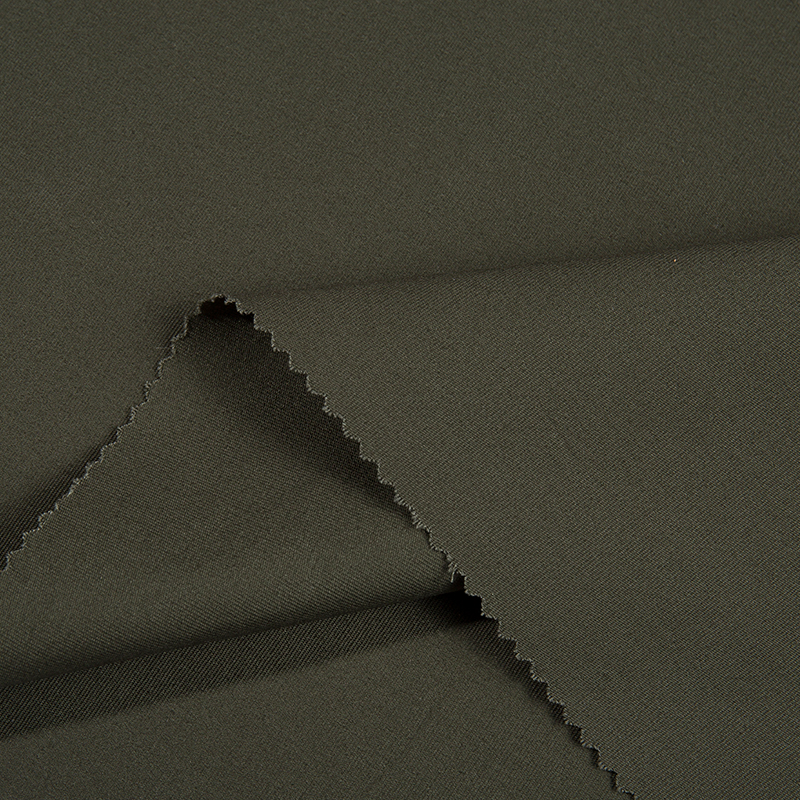
When it comes to dresses, woven dress fabric often benefits from texture in unique ways. A simple shift dress made from a textured material instantly gains more visual interest without the need for prints or embellishments. For summer collections, lightweight woven dress fabric with a gentle crinkle can add a breezy, relaxed feel, while heavier textured fabrics in winter collections can provide warmth and structure. Designers frequently choose woven dress fabric with textures to achieve a premium look that stands out in a crowded market.
Texture also plays a practical role in woven apparel fabric. For example, fabrics with a slightly raised weave can hide minor wrinkles, making them ideal for travel-friendly clothing. Certain types of textured woven fabric are more durable, as the weaving methods used can increase the fabric's strength and resistance to wear. This durability is especially valuable for garments like blazers, trousers, and coats, where longevity is a selling point.
From a tactile perspective, the touch of textured woven fabric adds another dimension to the wearing experience. A soft brushed finish in woven apparel fabric can make a coat feel cozier, while a crisp, structured weave in a shirt fabric can offer a sharper, more formal appeal. This sensory aspect is one of the reasons customers are drawn to garments made from textured materials—they simply feel more luxurious.
In the realm of woven dress fabric, texture can replace or complement other design features. For minimalist styles, it serves as a focal point, providing sophistication without excessive detailing. For more elaborate designs, texture works alongside prints or embroidery to add layers of visual complexity. The interplay of light and shadow on textured surfaces often makes woven dress fabric especially photogenic, a quality valued in both retail displays and fashion photography.
Another reason designers and manufacturers gravitate toward woven apparel fabric with texture is its adaptability. It works equally well in menswear and womenswear, in casual pieces and formal ensembles. A textured woven fabric blazer, for example, can be paired with jeans for a smart-casual look or with matching trousers for a tailored suit. Similarly, woven dress fabric with subtle texture can be worn for both office settings and special events, simply by adjusting accessories.
Textured woven fabric offers far more than just an interesting surface—it's a versatile tool for adding style, comfort, and durability to clothing. Within the broader category of woven apparel fabric, textured options stand out for their ability to transform simple designs into standout pieces. For dresses, woven dress fabric with texture brings elegance, personality, and a tactile richness that elevates the entire garment. As consumer tastes continue to evolve toward unique, high-quality clothing, the demand for these fabrics will only grow, cementing their place as a cornerstone of modern fashion design.
 EN
EN English
English 中文简体
中文简体 Español
Español عربى
عربى bahasa Indonesia
bahasa Indonesia


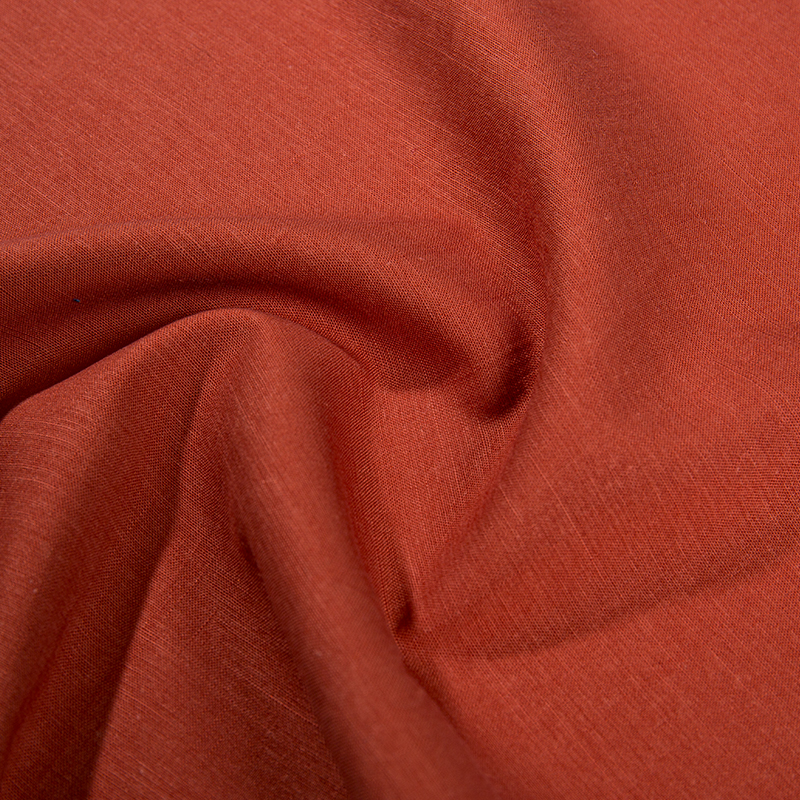
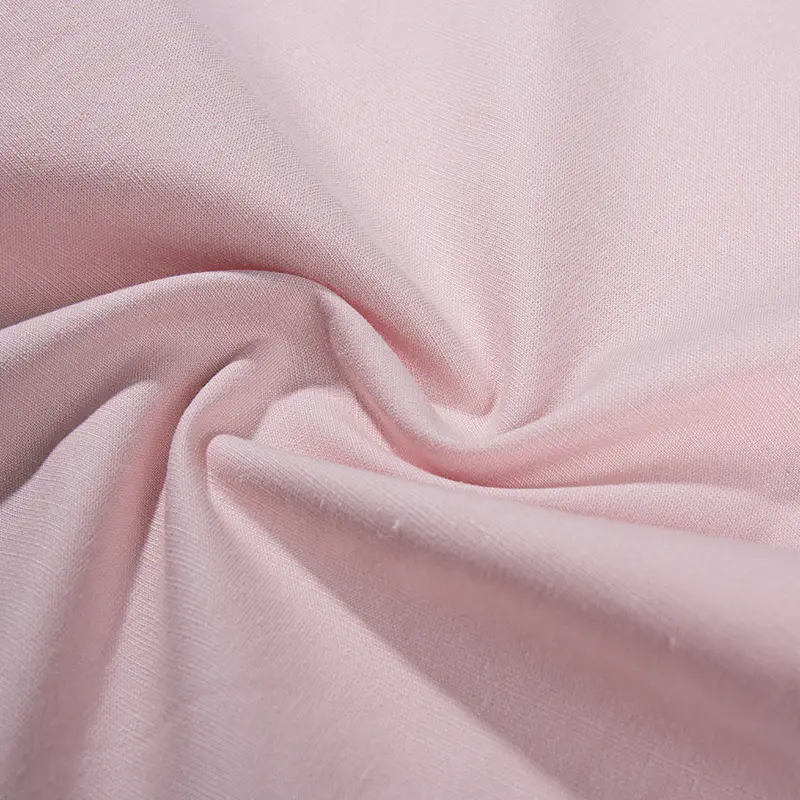
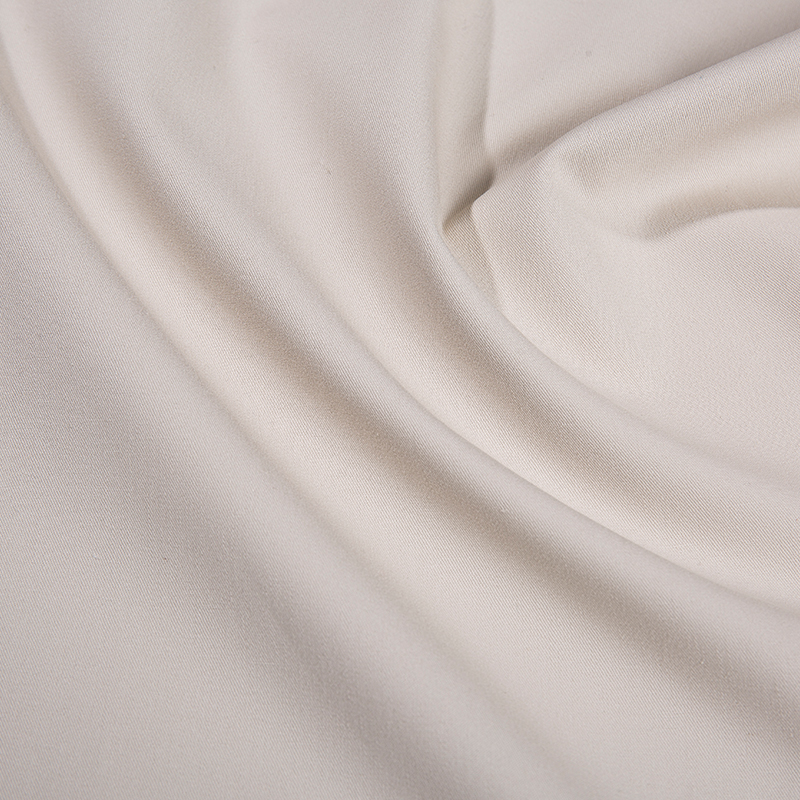
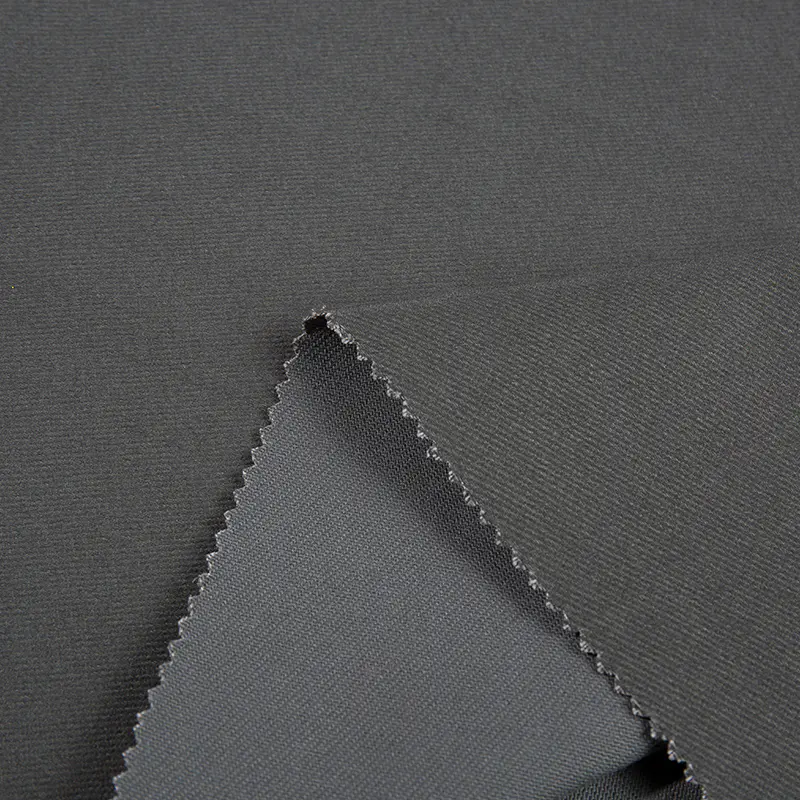
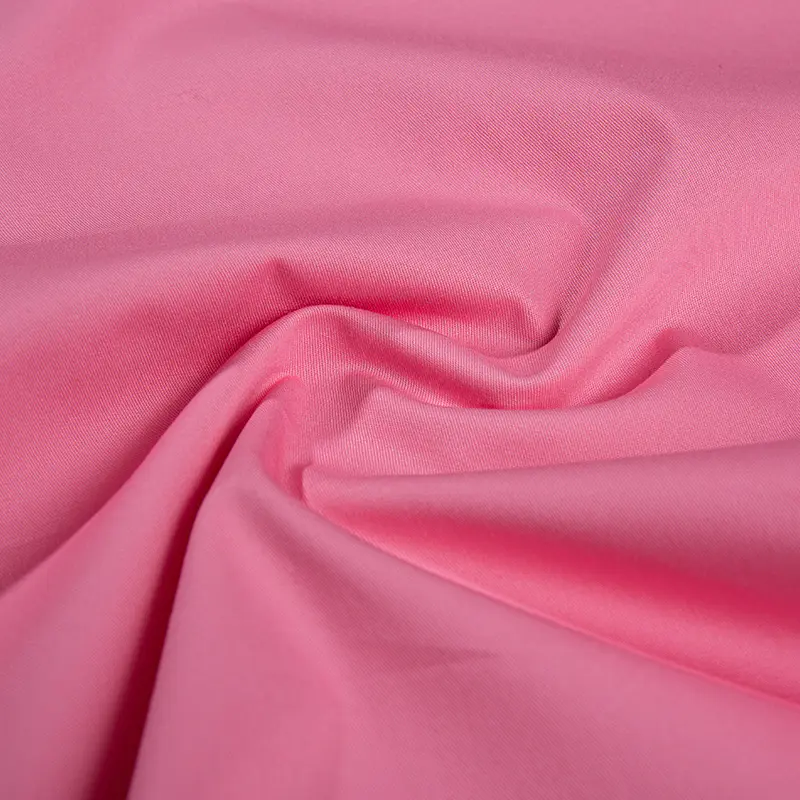
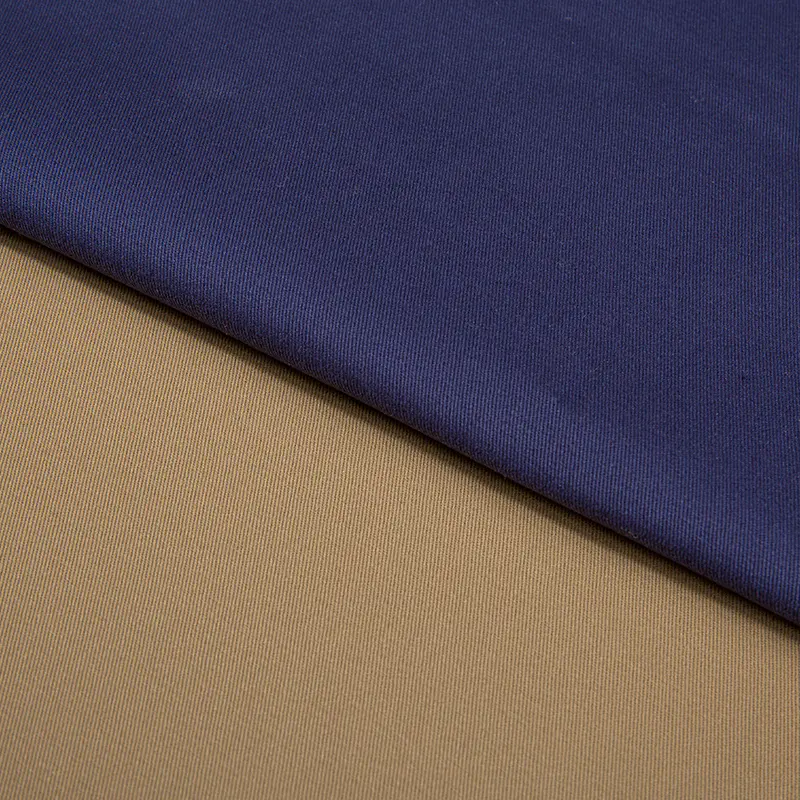
 Add: Beside National Highway 330, Zhuge Town, Lanxi City, Zhejiang Province, China
Add: Beside National Highway 330, Zhuge Town, Lanxi City, Zhejiang Province, China Phone: +86-579-89022355
Phone: +86-579-89022355

